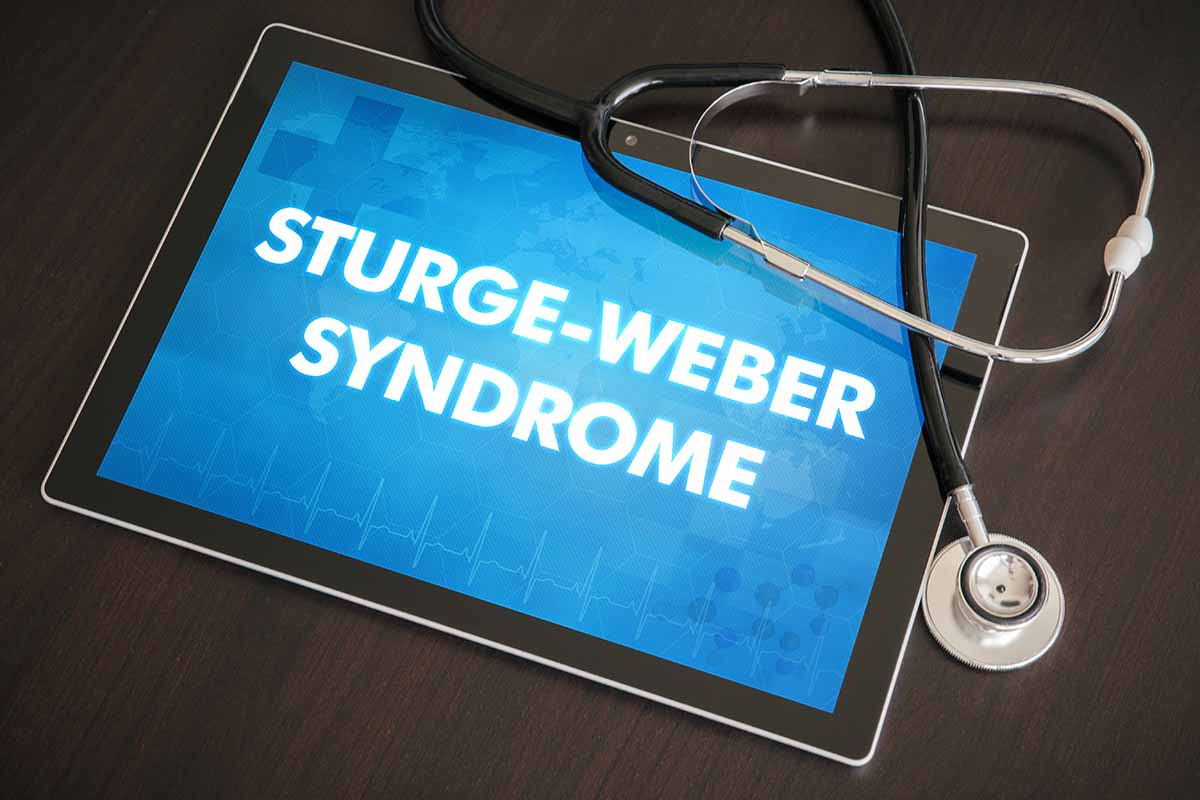
A Serotonin “Cocktail”
Serotonin syndrome is a potentially life-threatening set of symptoms caused by serotonin toxicity in the central and peripheral nervous systems.1,2 It can occur in all age groups and classically presents as the triad of autonomic dysfunction, neuromuscular excitation, and altered mental status, but not all of these findings are consistently present in all patients with the disorder.2-4 Serotonin syndrome appears in different gradations of severity, and this will affect recognition and reporting, making the true incidence of serotonin syndrome unknown.1,5
Case Report
A 47-year-old woman with bipolar I disorder (DSM-5 criteria), who was taking lithium 400 mg twice daily and diazepam 10 mg at night if needed, presented to the psychiatry outpatient department with a 1-month history of agitation and spontaneous clonus. Three months before presentation, she reported recurrence of depressive symptoms, for which she had an appointment with a different psychiatrist who added escitalopram 20 mg once daily to the current treatment regimen. After a month, she reported only partial improvement. Thus, the dose of escitalopram was increased to 30 mg once daily. After 3 weeks, as she reported no significant symptom improvement, buspirone 10 mg twice daily was added in an attempt to improve response. The next day, she began to feel agitated and had repetitive and rhythmic muscular movements of her body. After a month, as her symptoms were worsening and interfering with daily function, she was brought back to the psychiatry outpatient department.
On presentation, she was alert and her vital signs were within the reference range except for a blood pressure of 92/68 mm Hg. Laboratory tests were all unremarkable. A diagnosis of serotonin syndrome was made per the Hunter Serotonin Toxicity Criteria,6 and the patient was admitted to the inpatient psychiatric unit for stabilization. All serotonergic agents were discontinued. She was treated with intravenous fluids, diazepam 10 mg as needed, cyproheptadine 4 mg twice daily, and propranolol 10 mg twice daily. Her condition resolved within 5 days, and she was subsequently discharged home on mirtazapine 15 mg once daily and diazepam 10 mg once daily with psychiatric follow-up.
Discussion
Conditions that can alter the regulation of serotonin include therapeutic doses, drug interactions, overdoses, and overlapping transitions between medications.2 Diagnosis requires a low threshold for suspicion and a thorough history and physical examination.2 In the present case, the combination of lithium, escitalopram, and buspirone increased serotonergic transmission and triggered a spontaneous clonus, which meets the accepted criteria for diagnosing serotonin syndrome (Hunter Serotonin Toxicity Criteria).6 Awareness of serotonin syndrome is crucial in early recognition of the condition, so that appropriate management can be initiated. The majority of patients present with symptoms within 24 hours of a medication initiation, overdose, or change in dosage.1,7 However, our patient was concomitantly taking diazepam, which could have delayed her first symptoms. Furthermore, she remained untreated for 1 month, which could have resulted in a fatal outcome, as patients with serotonin syndrome can deteriorate rapidly. Thus, it is important for health care providers to be familiar with drugs that cause increased serotonin activity and to understand the mechanisms of action by which serotonin syndrome occurs. On the other hand, patients should be advised about the potential side effects of drugs. When serotonin syndrome is recognized promptly and its complications are treated appropriately, the prognosis is generally favorable.1 Initial management includes withdrawal of serotonergic medications and supportive care.8 The intensity of treatment depends on the severity of the syndrome.1
Published online: July 2, 2020.
Potential conflicts of interest: None.
Funding/support: None.
Patient consent: Consent was received from the patient to publish the case report, and information has been de-identified to protect anonymity.
REFERENCES
1.Ables AZ, Nagubilli R. Prevention, recognition, and management of serotonin syndrome. Am Fam Physician. 2010;81(9):1139-1142. PubMed
2.Wang RZ, Vashistha V, Kaur S, et al. Serotonin syndrome: preventing, recognizing, and treating it. Cleve Clin J Med. 2016;83(11):810-817. PubMed CrossRef
3.Bartlett D. Drug-induced serotonin syndrome. Crit Care Nurse. 2017;37(1):49-54. PubMed CrossRef
4.Boyer EW, Shannon M. The serotonin syndrome. N Engl J Med. 2005;352(11):1112-1120. PubMed CrossRef
5.Mackay FJ, Dunn NR, Mann RD. Antidepressants and the serotonin syndrome in general practice. Br J Gen Pract. 1999;49(448):871-874. PubMed
6.Dunkley EJC, Isbister GK, Sibbritt D, et al. The Hunter Serotonin Toxicity Criteria: simple and accurate diagnostic decision rules for serotonin toxicity. QJM. 2003;96(9):635-642. PubMed CrossRef
7.Mason PJ, Morris VA, Balcezak TJ. Serotonin syndrome: presentation of 2 cases and review of the literature. Medicine (Baltimore). 2000;79(4):201-209. PubMed CrossRef
8.New AM, Nelson S, Leung JG. Psychiatric emergencies in the intensive care unit. AACN Adv Crit Care. 2015;26(4):285-293, quiz 294-295. PubMed CrossRef
aUnidade de Saúde Familiar A Ribeirinha, Unidade Local de Saúde da Guarda, Guarda, Portugal
bServiço de Psiquiatria, Departamento de Psiquiatria e Saúde Mental, Unidade Local de Saúde da Guarda, Guarda, Portugal
*Corresponding author: Joaquim C. Nunes, MD, Rua Zona Sul, Lote 1 – 2° Direito, 6370-174 Fornos de Algodres, Portugal ([email protected]; ORCID: https://orcid.org/0000-0002-0751-3795).
Prim Care Companion CNS Disord 2020;22(4):19l02532
To cite: Nunes JC, Botas JL. A serotonin “cocktail.” Prim Care Companion CNS Disord. 2020;22(4):19l02532.
To share: https://doi.org/10.4088/PCC.19l02532
© Copyright 2020 Physicians Postgraduate Press, Inc.
Please sign in or purchase this PDF for $40.00.





